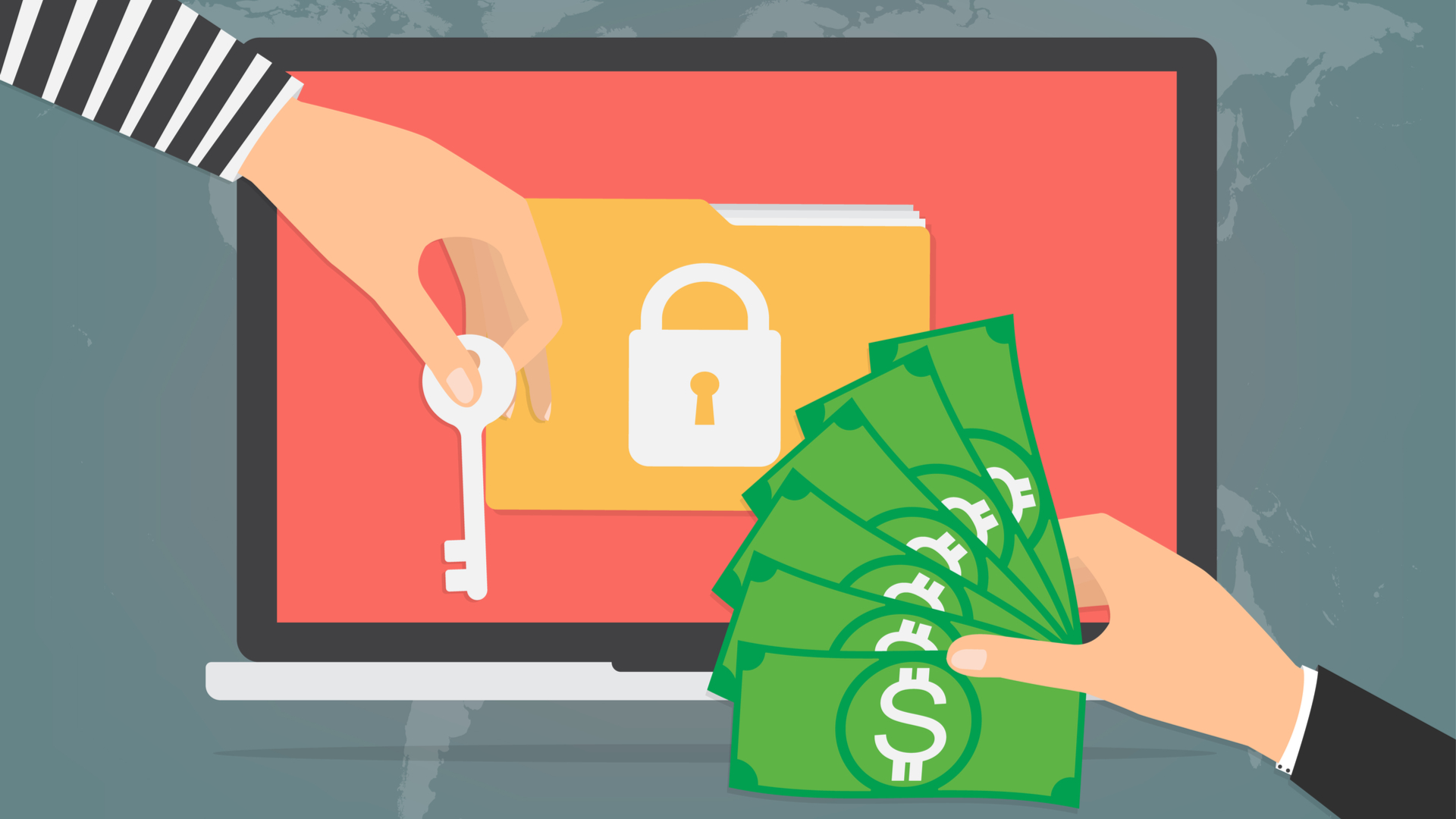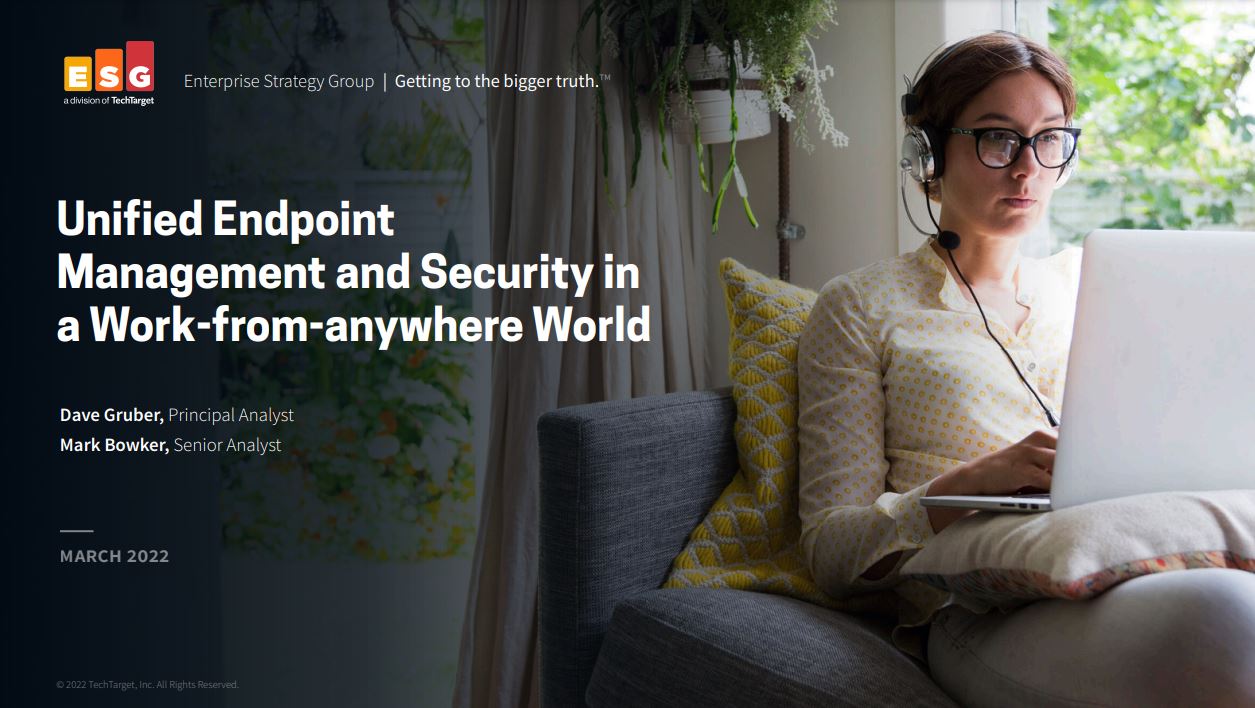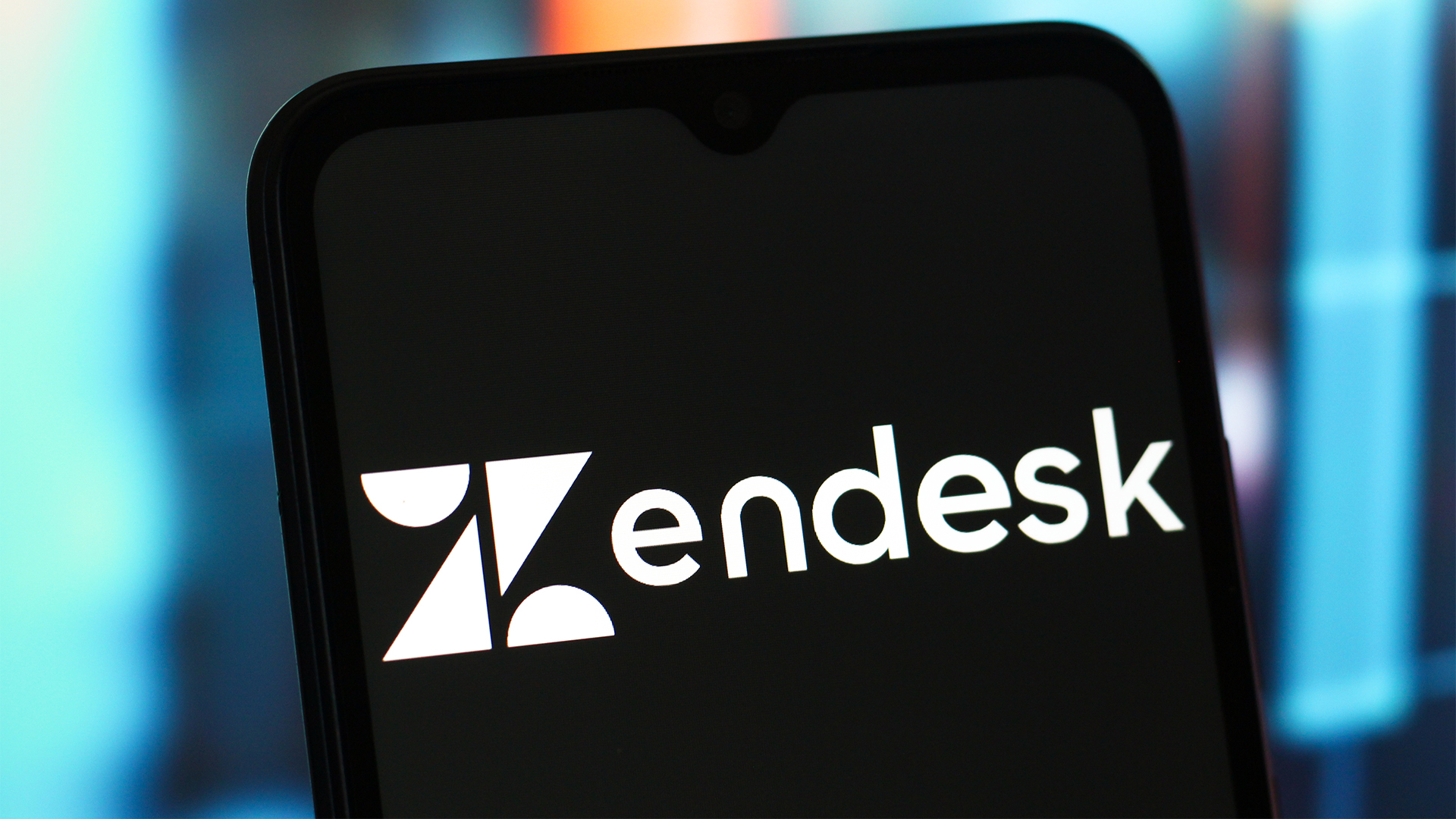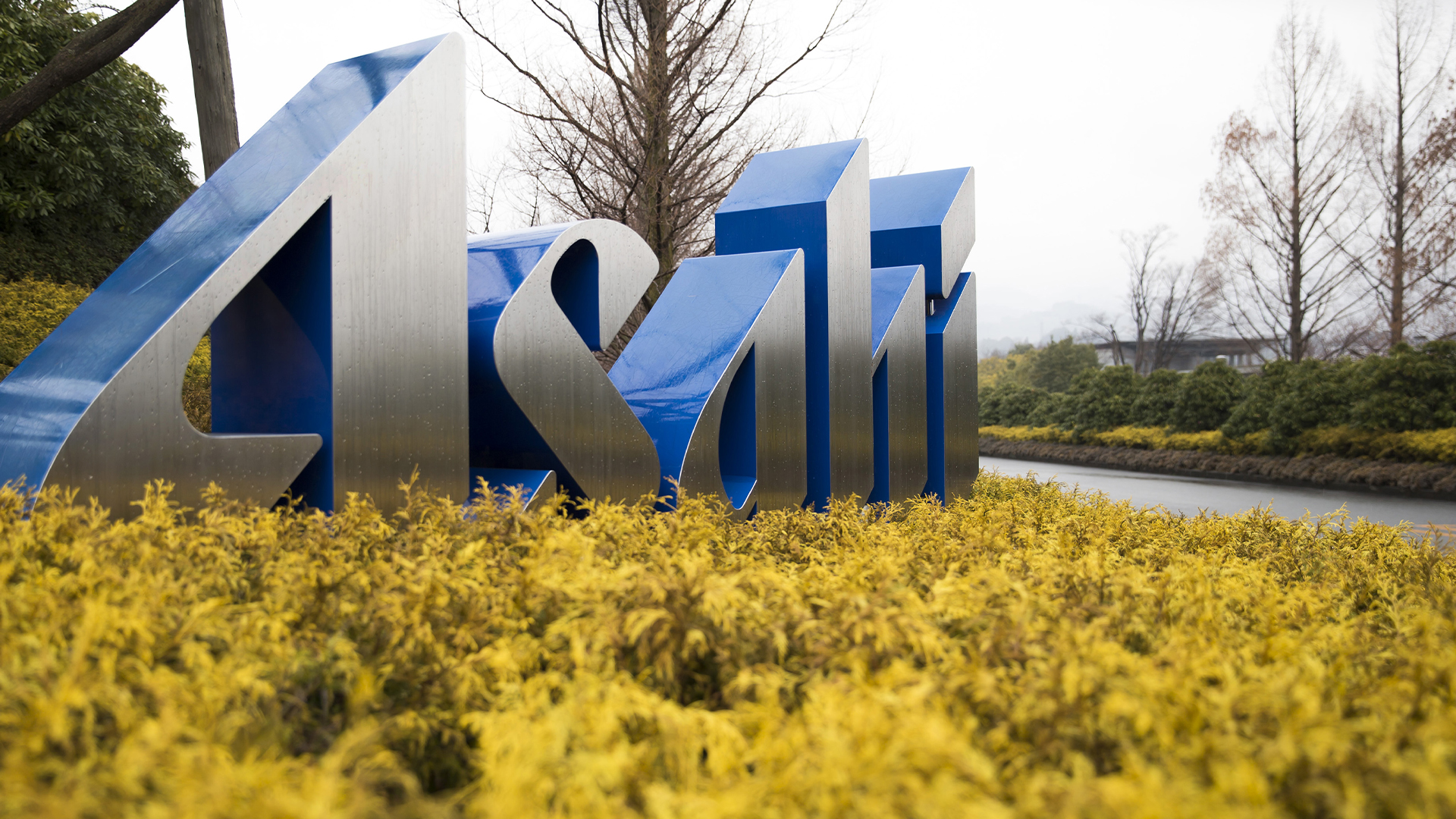Paying ransomware gangs could fund up to ten additional attacks
The research from Trend Micro highlights the potential domino effect of paying ransoms


Ransomware victims that cave to extortion demands inadvertently fund anywhere between six to 10 new attacks, according to research from Trend Micro.
Analysis of ransomware attack methods and the tactics employed by cyber criminal gangs over the last year found that businesses that choose to pay ransoms end up providing vital finances for threat actors, enabling them to continue targeting organisations.
While Trend Micro’s research found that these businesses only constitute 10% of victims, the broader impact is felt acutely by other firms.
“This is an ethical decision to make for victimised organisations at the board level when considering whether to pay a ransom,” the report stated.
“By paying the ransom, a victim would be directly financing the ransomware group and enabling it to impose the same damage on other organisations.”
Additionally, the research found that those who pay ransoms end up paying more on average due to a common approach among businesses to refuse to negotiate, forcing gangs to increase demands to maintain profitability.
“Those who pay – and these are usually larger companies that can afford – are demonstrating a willingness to pay, and the ransomware threat actors are demonstrating willingness to accept,” the report noted.
Sign up today and you will receive a free copy of our Future Focus 2025 report - the leading guidance on AI, cybersecurity and other IT challenges as per 700+ senior executives
“This will drive a natural tendency toward higher payments if these ransomware groups are to remain profitable. Thus, in today’s world, it is safe to assume that those who do pay are paying over the odds.”
Pay the price, then pay again
Trend Micro said there is also “increasing evidence” to suggest that paying ransoms only increases the overall cost of an incident, rather than reducing it.
Paying might result in an organisation regaining control of its data, but follow-up costs due to business disruption and customer hesitancy can place significant strain on finances.
“The business interruption costs during that period of restoration still take place, even after the victim has paid the ransom,” the report stated.
“The share price reduction will also still take place, just as the public relations costs, credit monitoring costs, and incident response costs will all still need to be paid. Ultimately, victims could still be liable under various jurisdictions for the effects of a data breach. All of these contribute to a world where paying the ransom only increases the cost of the incident.”
Ransom payment conundrum
In recent years, businesses have been advised not to engage with cyber criminal outfits or pay ransoms in the event of compromise.
Guidance issued by the National Cyber Security Centre (NCSC) states that “law enforcement does not encourage, endorse, nor condone the payment of ransom demands”.
RELATED RESOURCE

Unified Endpoint Management and Security in a work-from-anywhere world
Management and security activities are deeply intertwined, requiring integrated workflows between IT and security teams
The NCSC says that there is “no guarantee” that an organisation will successfully regain access to stolen data and that engaging with groups directly funds criminal activity.
Its long-held stance was evidenced in the recent attack on Royal Mail International which led to the LockBit ransomware group publishing the entire negotiation transcript.
The NCSC is believed to have played a role in the negotiations, confirming it was involved in the investigation of the incident from the outset.
Research has also shown that by paying demands, businesses are also more likely to be targeted in future.
In July last year, the UK's cyber authority warned businesses to avoid paying ransoms in a joint statement with the Information Commissioner’s Office (ICO).
The joint letter, addressed to the Law Society, asked the organisation to “remind its members” of their advice on ransomware payments.
The call-to-action followed analysis from both the ICO and NCSC which found that there had been an increase in ransomware payments.
“In some cases solicitors may have been advising clients to pay, in the belief that it will keep data safe or lead to a lower penalty from the ICO,” the NCSC said in a statement at the time.
In the United States, businesses are urged to follow similar guidance on negotiating with cyber criminals. The FBI and Department of Homeland Security strongly advise against paying ransoms.
Nonetheless, this has not deterred businesses. Earlier this month, UK software company ION Trading reportedly paid a ransom to recover seized files after it was successfully breached by the LockBit ransomware gang.

Ross Kelly is ITPro's News & Analysis Editor, responsible for leading the brand's news output and in-depth reporting on the latest stories from across the business technology landscape. Ross was previously a Staff Writer, during which time he developed a keen interest in cyber security, business leadership, and emerging technologies.
He graduated from Edinburgh Napier University in 2016 with a BA (Hons) in Journalism, and joined ITPro in 2022 after four years working in technology conference research.
For news pitches, you can contact Ross at ross.kelly@futurenet.com, or on Twitter and LinkedIn.
-
 I couldn’t escape the iPhone 17 Pro this year – and it’s about time we redefined business phones
I couldn’t escape the iPhone 17 Pro this year – and it’s about time we redefined business phonesOpinion ITPro is back on smartphone reviews, as they grow more and more intertwined with our work-life balance
-
 The gig economy: Past, present, and future
The gig economy: Past, present, and futureFeature The rise of the gig economy represents a new era of flexible working despite being plagued with controversies
-
 15-year-old revealed as key player in Scattered LAPSUS$ Hunters
15-year-old revealed as key player in Scattered LAPSUS$ HuntersNews 'Rey' says he's trying to leave Scattered LAPSUS$ Hunters and is prepared to cooperate with law enforcement
-
 The Scattered Lapsus$ Hunters group is targeting Zendesk customers – here’s what you need to know
The Scattered Lapsus$ Hunters group is targeting Zendesk customers – here’s what you need to knowNews The group appears to be infecting support and help-desk personnel with remote access trojans and other forms of malware
-
 Impact of Asahi cyber attack laid bare as company confirms 1.5 million customers exposed
Impact of Asahi cyber attack laid bare as company confirms 1.5 million customers exposedNews No ransom has been paid, said president and group CEO Atsushi Katsuki, and the company is restoring its systems
-
 The US, UK, and Australia just imposed sanctions on a Russian cyber crime group – 'we are exposing their dark networks and going after those responsible'
The US, UK, and Australia just imposed sanctions on a Russian cyber crime group – 'we are exposing their dark networks and going after those responsible'News Media Land offers 'bulletproof' hosting services used for ransomware and DDoS attacks around the world
-
 A notorious ransomware group is spreading fake Microsoft Teams ads to snare victims
A notorious ransomware group is spreading fake Microsoft Teams ads to snare victimsNews The Rhysida ransomware group is leveraging Trusted Signing from Microsoft to lend plausibility to its activities
-
 Volkswagen confirms security ‘incident’ amid ransomware breach claims
Volkswagen confirms security ‘incident’ amid ransomware breach claimsNews Volkswagen has confirmed a security "incident" has occurred, but insists no IT systems have been compromised.
-
 The number of ransomware groups rockets as new, smaller players emerge
The number of ransomware groups rockets as new, smaller players emergeNews The good news is that the number of victims remains steady
-
 Teens arrested over nursery chain Kido hack
Teens arrested over nursery chain Kido hacknews The ransom attack caused widespread shock when the hackers published children's personal data